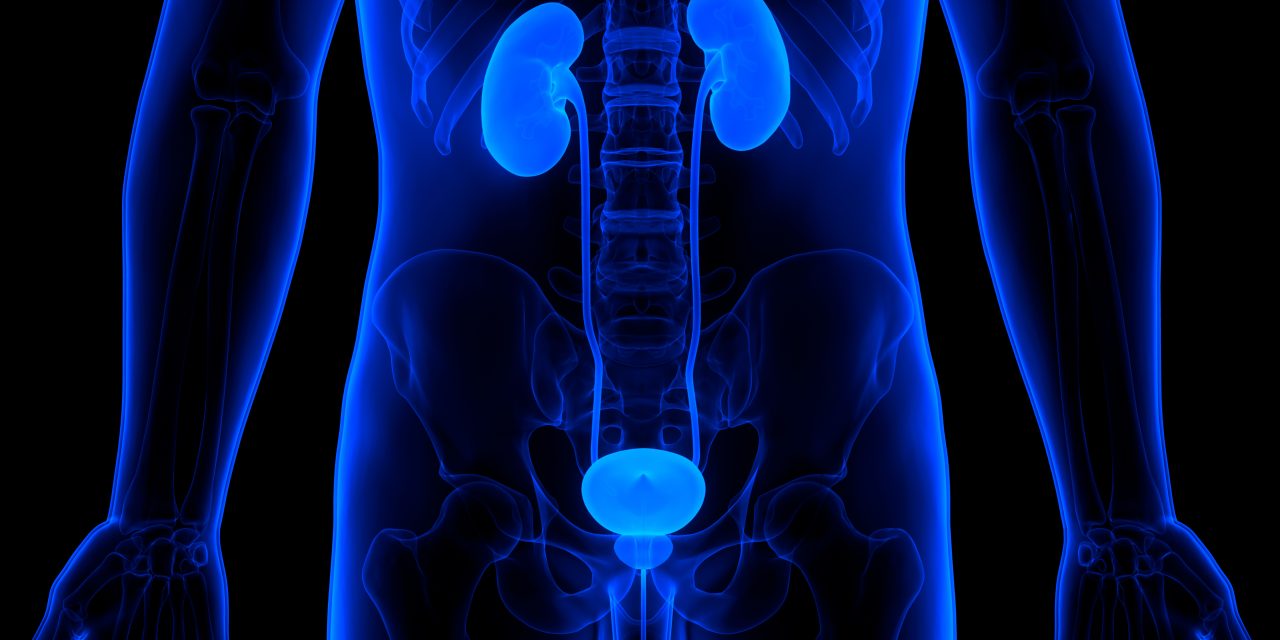Lower urinary tract symptoms and dysfunction (LUTS/LUTD) contribute to loss of quality of life, morbidity, and need for medical intervention in most patients with multiple sclerosis (MS). Although MS is an inflammatory neurodegenerative disease, clinical manifestations including continence control disorders have traditionally been attributed to the loss of neural signaling due to neurodegeneration. Clinical approaches to MS-LUTS/LUTD have focused on addressing symptoms in the context of urodynamic dysfunctions as pathophysiologic understandings are incomplete. The mouse model provides a useful research platform for discovery of more detailed molecular, cellular, and tissue-level knowledge of the disease and its clinical manifestations. The aim of this two-part review is to provide a state-of-the-art update on the use of the mouse model for MS research, with a focus on lower urinary tract symptoms. Part I presents a summary of current understanding of MS pathophysiology, the impact on lower urinary tract symptoms, and briefly introduces the types of mouse models available to study MS. Part II presents the common animal models that are currently available to study MS, their mechanism, relevance to MS-LUTS/LUTD and their urinary pathophysiology, advantages and disadvantages.© 2021 Wiley Periodicals LLC.
PART 2: Mouse models for multiple sclerosis research.


